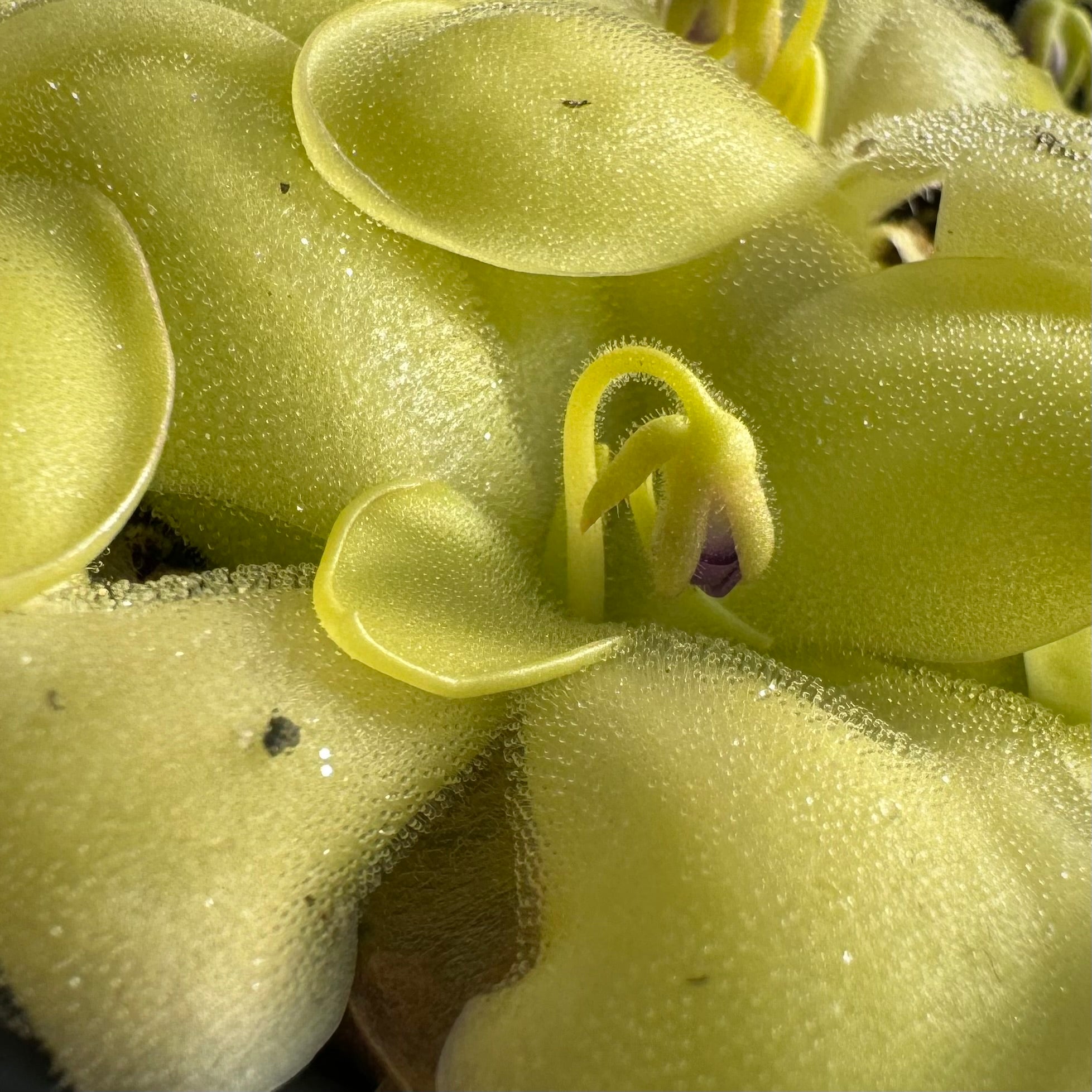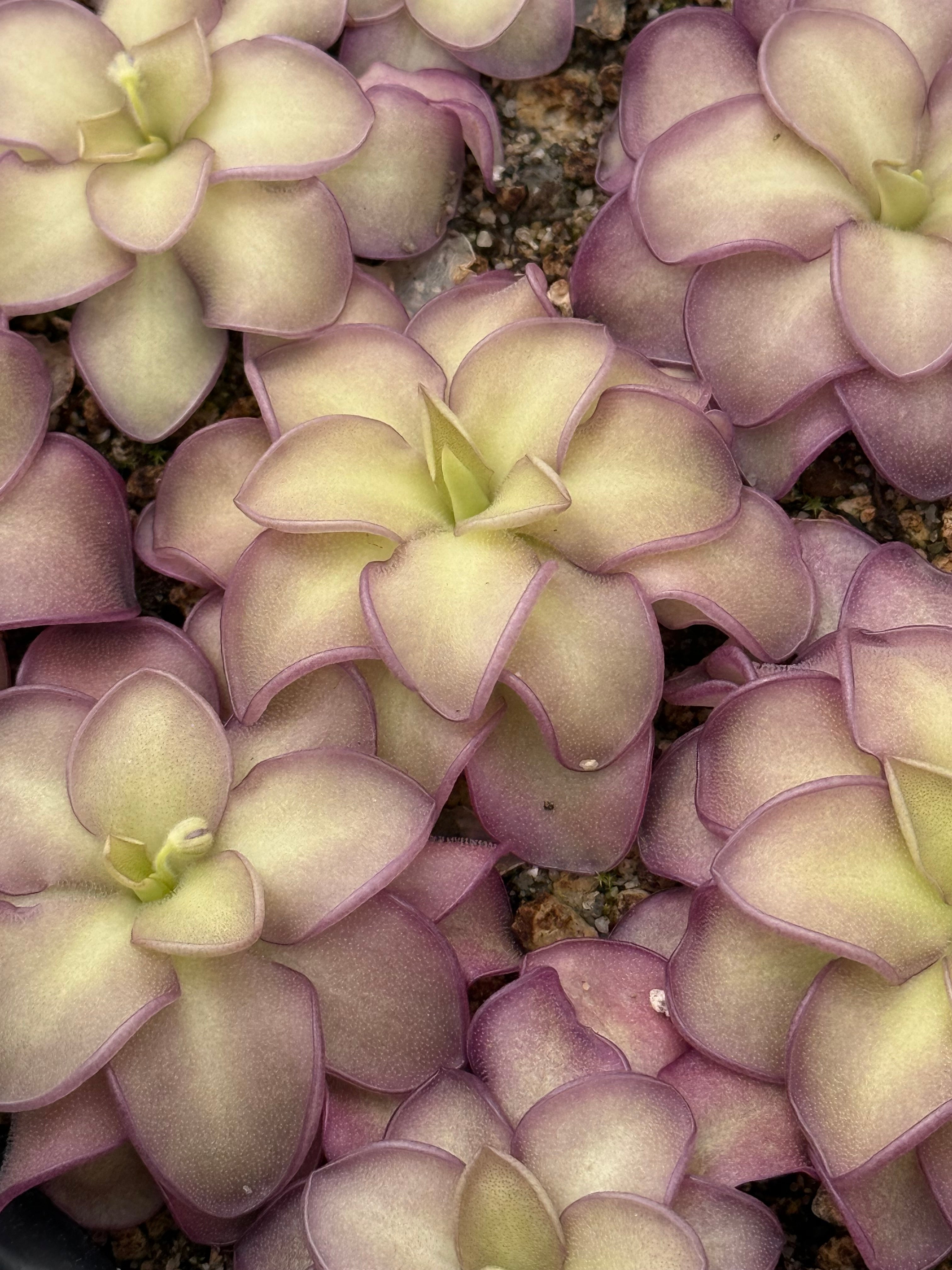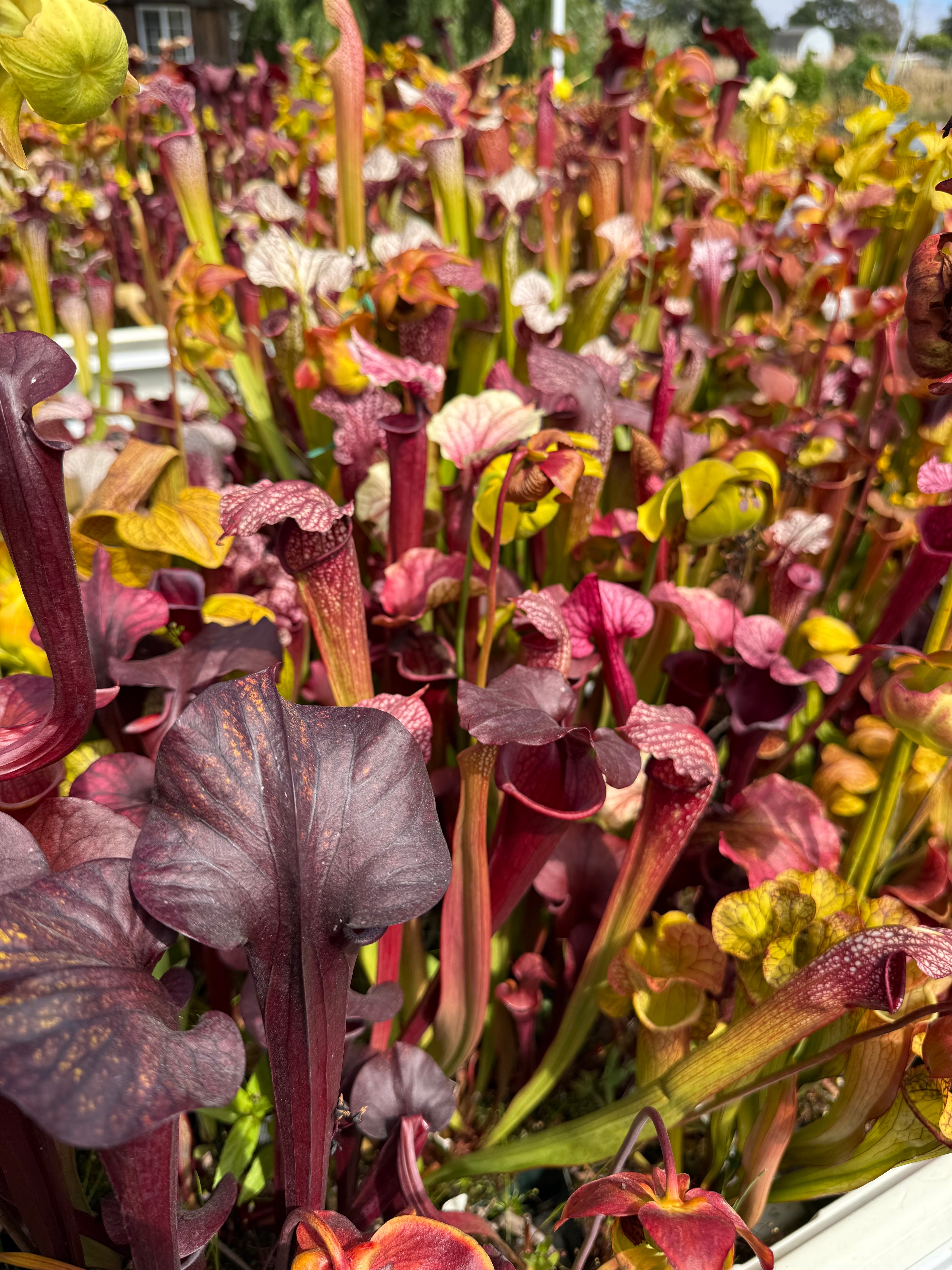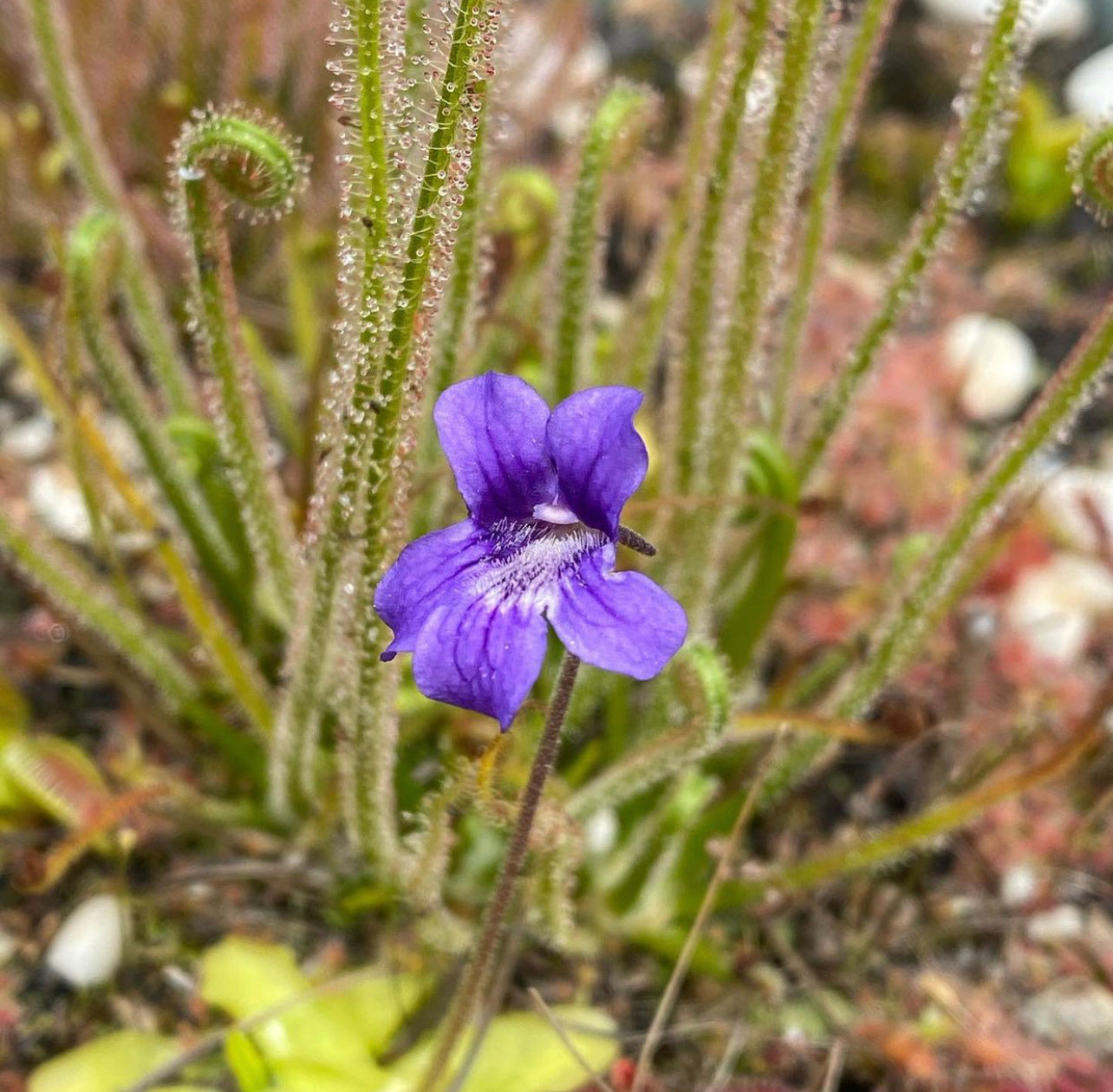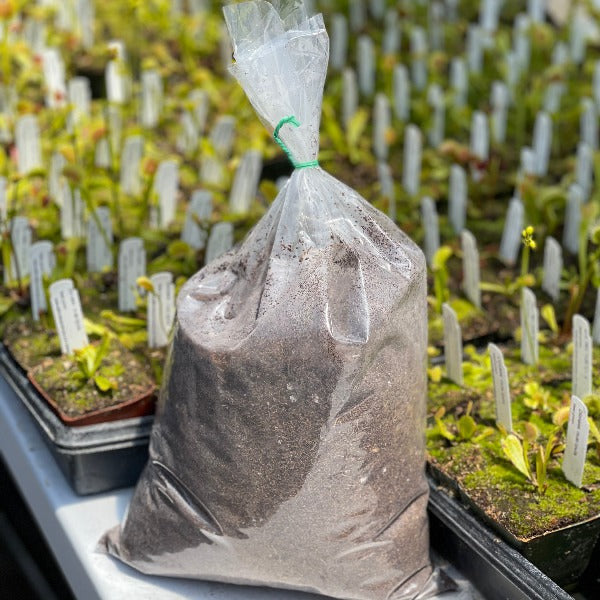I got an extra small, and it's extra small. Cute tiny plant, tho. I can't wait to watch it grow. I am very happy with my purchase.
Delivered healthy and in pefect shape!
Plant came alive and well, very excited to see it take off.
I recieved a very healthy plant with a flower still attached! Beautiful.


